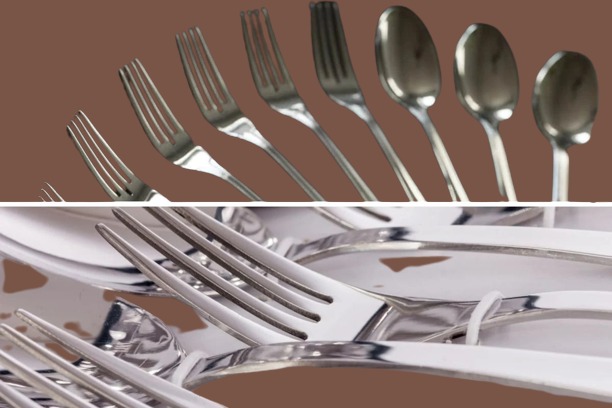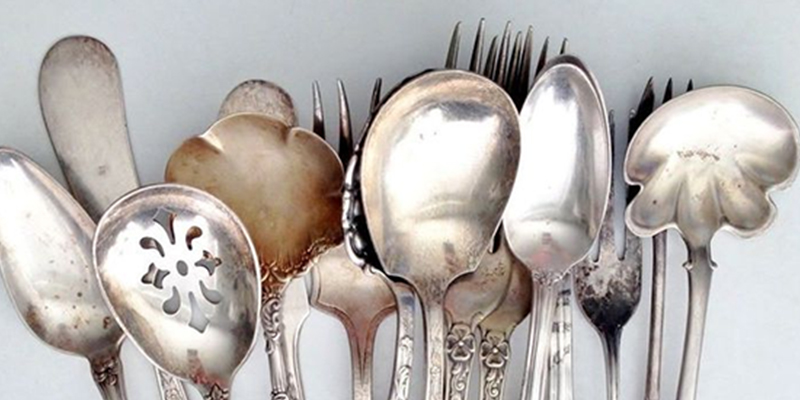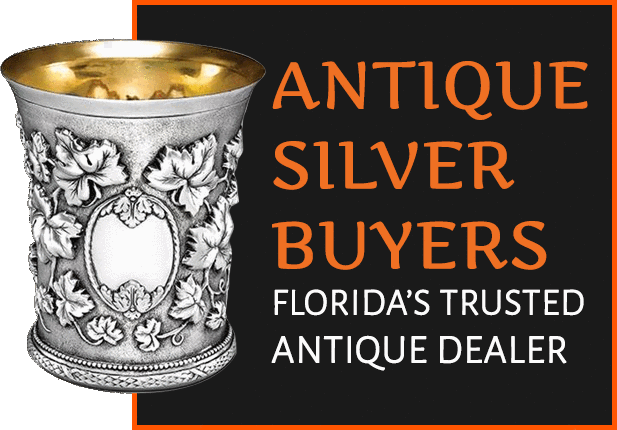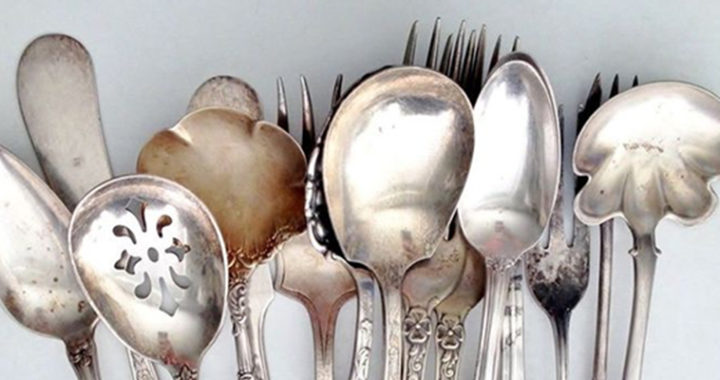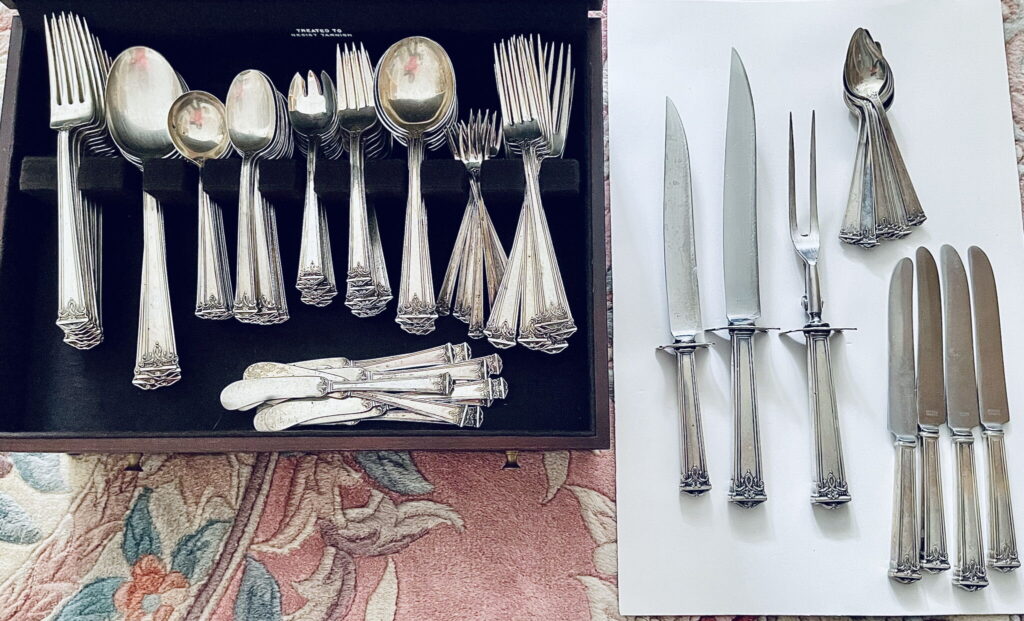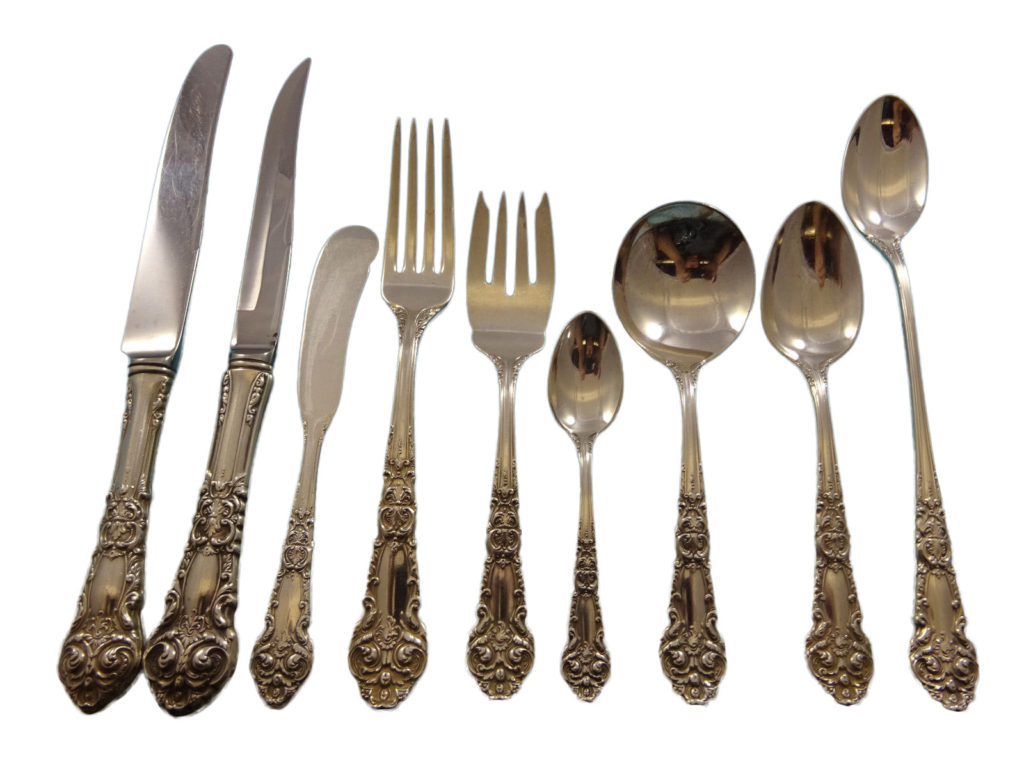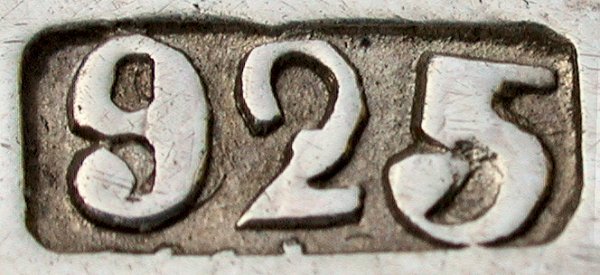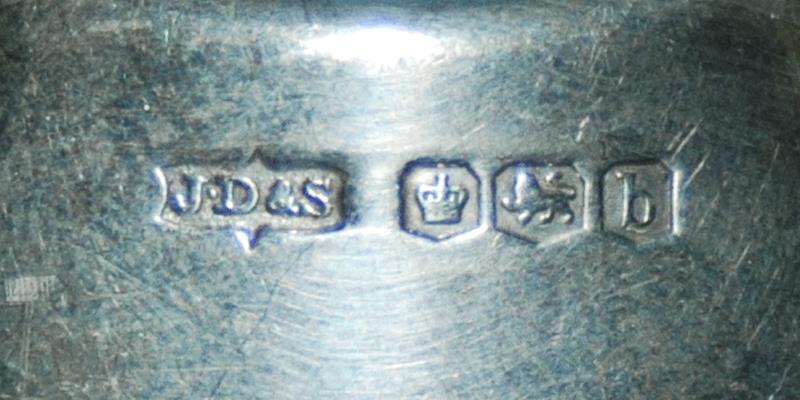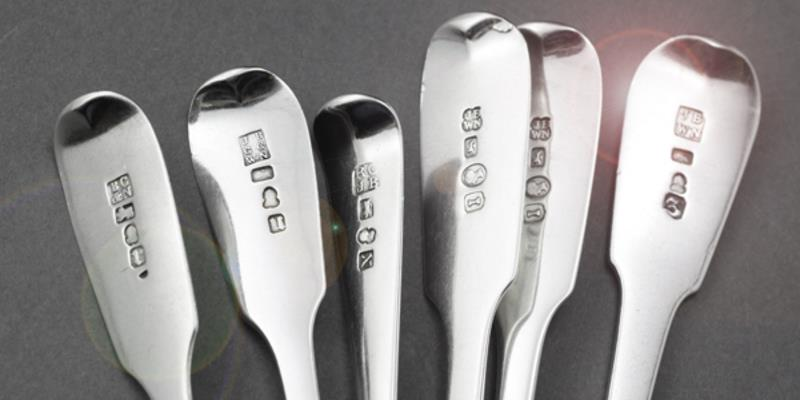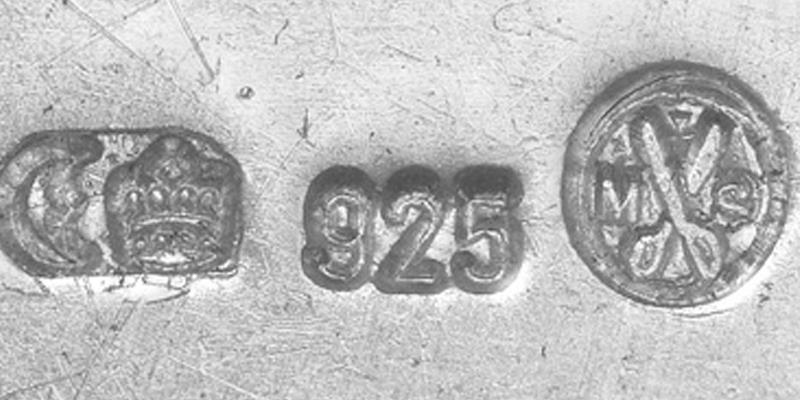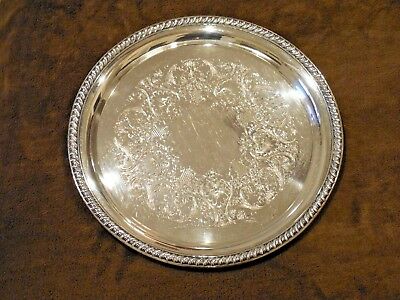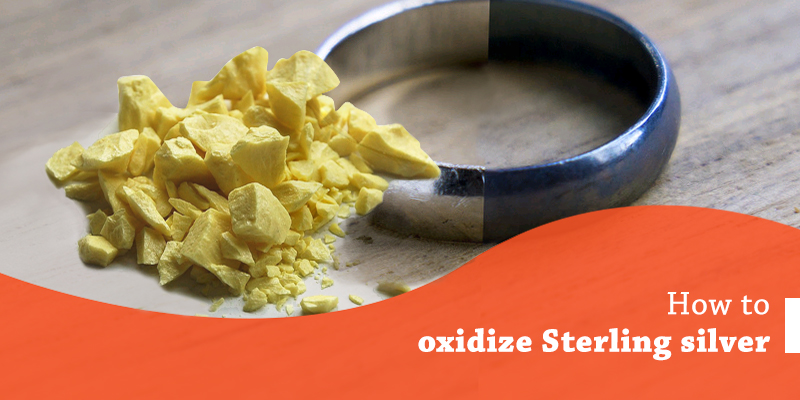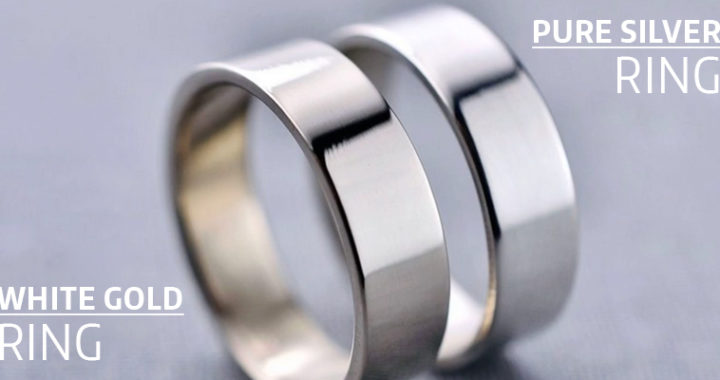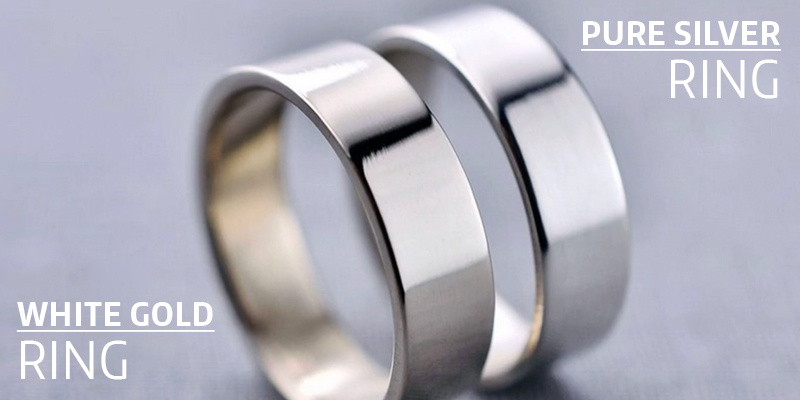Discover the world of Wm. Rogers silverware is a realm of timeless elegance and intricate patterns. Each piece is a testament to masterful craftsmanship. Whether you have inherited a set or stumbled upon a single piece at an antique store, understanding the factors that influence its value can be a fascinating journey. Let’s explore the key elements that determine the worth of Wm—Rogers silverware.
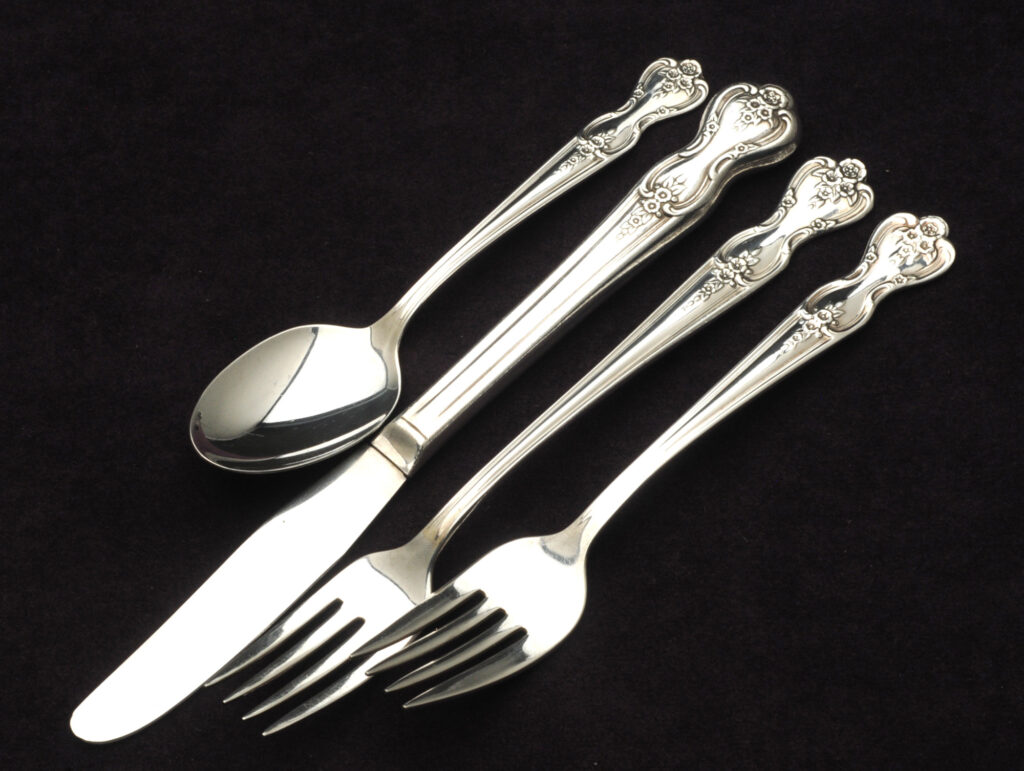
1. Patterns and Symbols:
Wm. Rogers silverware sets are renowned for their exquisite patterns, each piece a testament to the masterful craftsmanship. These patterns not only add aesthetic appeal but also significantly impact the value. Some notable patterns include:
– Acme: The Acme pattern features delicate floral motifs and intricate scrollwork. Its timeless design appeals to collectors seeking classic elegance.
– Alaska: The Alaska pattern, characterized by geometric shapes and clean lines, exudes a modern vibe. It remains popular among those who appreciate minimalist aesthetics.
– Beauty: As the name suggests, the Beauty pattern showcases graceful curves, floral embellishments, and ornate handles. Its intricate details elevate its value.
– Beloved: Beloved combines floral elements with a touch of Art Nouveau. Collectors often seek out Beloved pieces for their romantic charm.
– Berwick: Berwick features a blend of floral and foliate motifs. Its versatility makes it a sought-after pattern for both formal and casual dining.
When assessing the authenticity and purity of Wm. Rogers silverware, pay attention to the silver marks. The most common mark is “Wm. Rogers Mfg. Co.” stamped on the pieces. Here’s what you need to know:
– Purity: The silver content varies. Some pieces are silver-plated, which means they have a thin layer of silver over a base metal, while others may be sterling silver, which is 92.5% pure silver. Sterling silver (marked as ‘925’ or ‘sterling’) holds a higher value due to its higher silver content.
– Date of Manufacture: Occasionally, the silver mark includes a date code. Deciphering these codes helps determine when the piece was made. The date code is usually a combination of letters and numbers that represent the year and month of manufacture. For example, ‘A1’ might indicate January 1901. Read guide on how to decipher date codes on silver marks.
– Beware of ‘IS ‘Markings: While ‘IS’ stands for ‘International Silver,’ it doesn’t indicate purity. Instead, it refers to the manufacturer. Please don’t mistake it for sterling silver, marked as ‘925’ or ‘sterling. ‘Sterling silver is 92.5% pure silver and holds a higher value due to its higher silver content.
2. Condition Matters:
The condition of your Wm. Rogers silverware is not just a factor in its value but also a reflection of the care and respect you have for these elegant pieces. Remember, each scratch and wear tells a story, adding to the unique charm of your collection. Consider the following:
– Scratches and Wear: Examine each piece for scratches, dents, or heel wear. Minor imperfections are expected, but extensive damage diminishes the value. For instance, a piece with deep scratches or significant wear on the handle may be worth less than a piece in pristine condition.
– Polishing Challenges: Wm. Rogers pieces are silver-plated, unlike solid silver items. Overzealous polishing can wear down the plating, affecting both appearance and value. To maintain the value of your silverware, it’s important to use gentle cleaning methods and avoid harsh chemicals that can damage the silver plating.
3. Historical Context and Rarity:
The era of manufacturing is not just a detail but a pivotal factor. Older pieces, with their unique historical context, often command higher prices. Consider the following:
– Antique Appeal: If you stumble upon a spoon, knife, or fork made by William Rogers, mainly if it dates back several decades, treasure it. Historical context adds allure.
– Limited Editions: Some Wm. Rogers patterns were produced in limited quantities. Rarity enhances value, especially if collectors seek specific designs. Limited edition pieces are often more valuable because they are harder to find, and collectors are willing to pay a premium for them.
In summary, the value of your Wm. Rogers silverware hinges on patterns, condition, and historical context. Cherish these elegant pieces, and remember that each fork, knife, or spoon carries a rich legacy. Whether you’re a collector or appreciate fine craftsmanship, Wm. Rogers silverware continues to shine as a testament to timeless beauty. The value of Wm. Rogers silverware can range from a few dollars for common pieces to several hundred or even thousands of dollars for rare or unique items.
